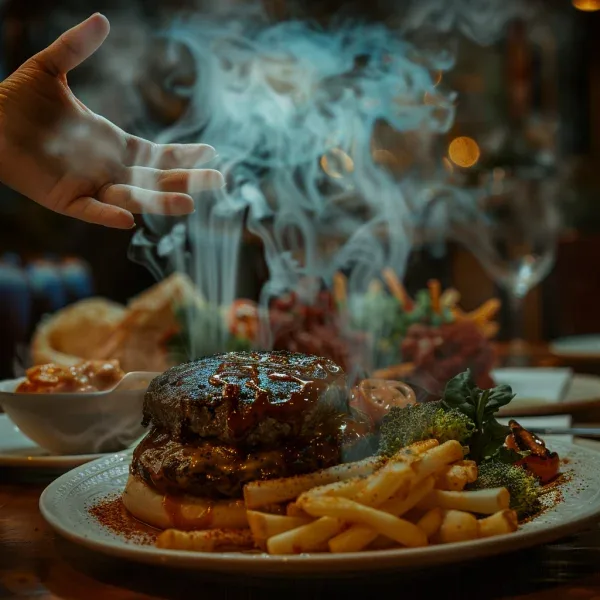by Eliza Sterling

The joy of food; the artful blend of flavors, textures and colors that animate our taste buds and nourish our bodies should be untarnished. However, a sweeping policy change might be souring this simple pleasure for English locals. Now, eating out impacts your mental calculus as restaurants are legally obligated to display calorie counts on their menu items, stirring controversy amidst a range of subjective responses.
What Catalyzed the Change?
To address the rampant obesity crisis, the government aimed to empower the public, giving them access to upfront health information when dining out. The law applies to all food vendors with more than 250 employees, serving their fare at physical locations. The seeds of good intentions bore fruit at first – a means for individuals to make informed decisions about their nutritional intake. Still, critics have voiced serious concerns about the potential unintended consequences.
How Are Industry Stakeholders Reacting?
The new policy was met with pushback, particularly from eating disorder charities, who worried about the trigger effect it could have on people who already hold obsessive thoughts about caloric consumption. Chefs and restaurateurs are equal parts dismayed about the added layer of pressure the law could impose on an industry already hard-hit by the economic aftermath of COVID-19.
The Calorie Counting Debate: Helpful or Detrimental?
Encouraging healthy weight management is the ostensive goal behind the law; the UK National Health Service recommends women consume around 2,000 calories daily for energy and optimal body function, equating fewer calories with potential weight loss. However, professional nutritionist Rhiannon Lambert objects to this blanket advice, emphasizing that the body is as individual to each person as the food they consume and that weight management extends beyond mere calorie counting.
Distinguishing Between Calorie Content and Nutrient Density
Often, the caloric content of a meal paints an inaccurate picture. For instance, one might shun an avocado-laden dish due to its high calorie count, overlooking the fact that it is packed with wholesome nutrients that promote better health and wellbeing. The differing calorie content in different foods is related to the varied benefits they offer as nutritional therapist Anne Iarchy suggests, “Nuts, seeds, and olive oil are full of nutrients, vitamins, and minerals, plus fibre and healthy fats, which makes them high in calories.”
Counting Calories and Eating Disorders
The concomitant confusion between calories and nutrition could take a serious toll on people suffering from eating disorders. Beat, a UK-based eating disorder charity, has articulated its disappointment with the law, asserting that its implementation could exacerbate anxiety and distress in people struggling with these conditions. What’s more, there is a lack of comprehensive evidence that such a policy change will significantly alter the eating habits of the general populace.
Restoring the Joy and Balance of Eating
Instead of endorsing a culture of calorie-phobia, Lambert proposes a balanced approach to eating: educating oneself about nutrition and fostering a healthy relationship with food. “Eating out, and food in general, is often about spending time with friends and family, as well as enjoyment and pleasure.” Rather than solely relying on calories, start to become aware of how to eat healthily for life, not just for weight loss.
Instead of an outright dismissal or obsession over calories, perhaps the middle ground of eclectic food experiences, tuned in with keen nutritional awareness, should be the focus of a healthy lifestyle. It’s up to you to navigate your unique food map, with helpful health education tools and a balanced mindset in your back pocket.
calories on menus, calorie counting, healthy eating, nutrient dense food, nutritional education, eating disorders, obesity, restaurant meals, health policy
Leave a Reply